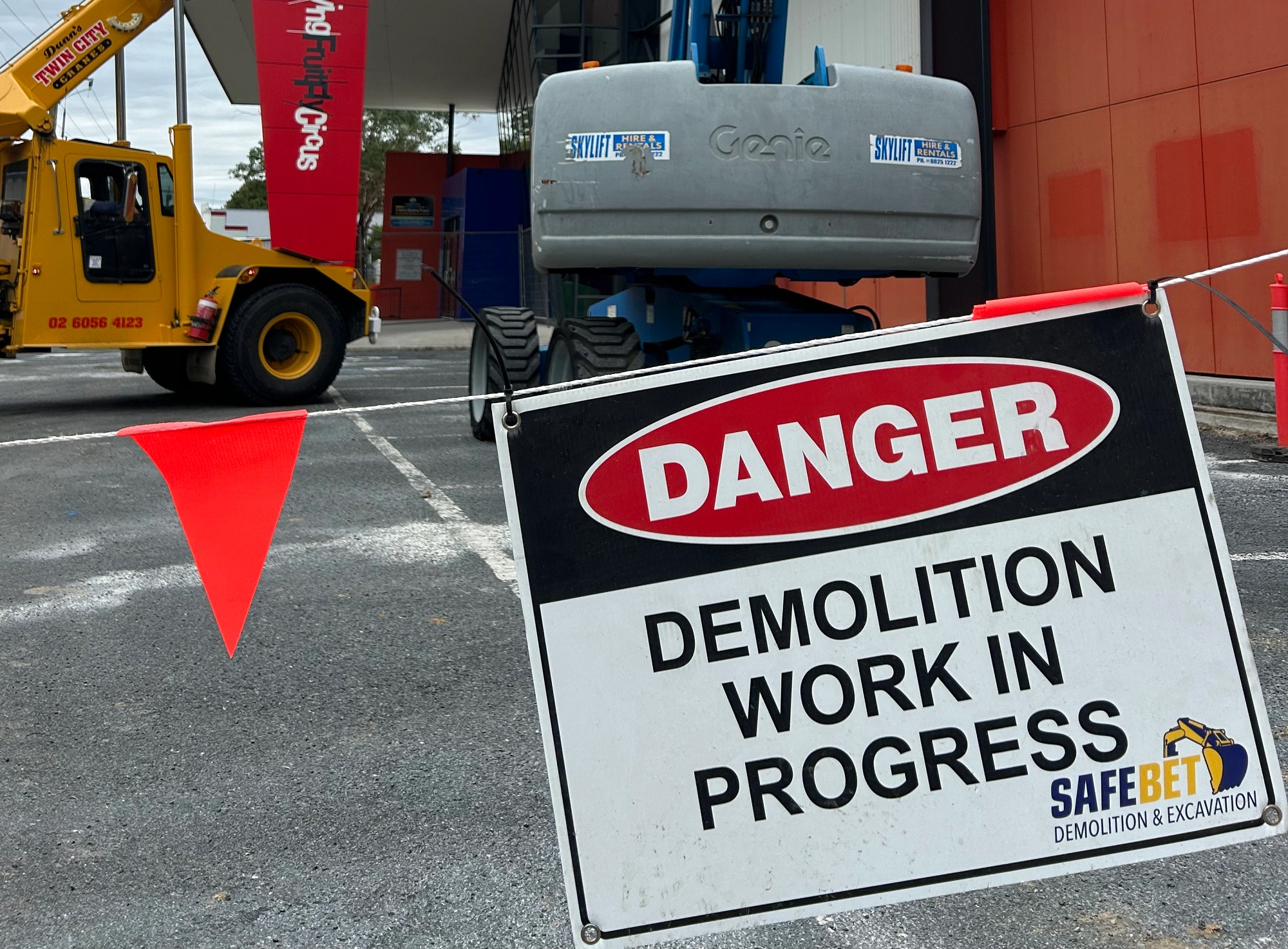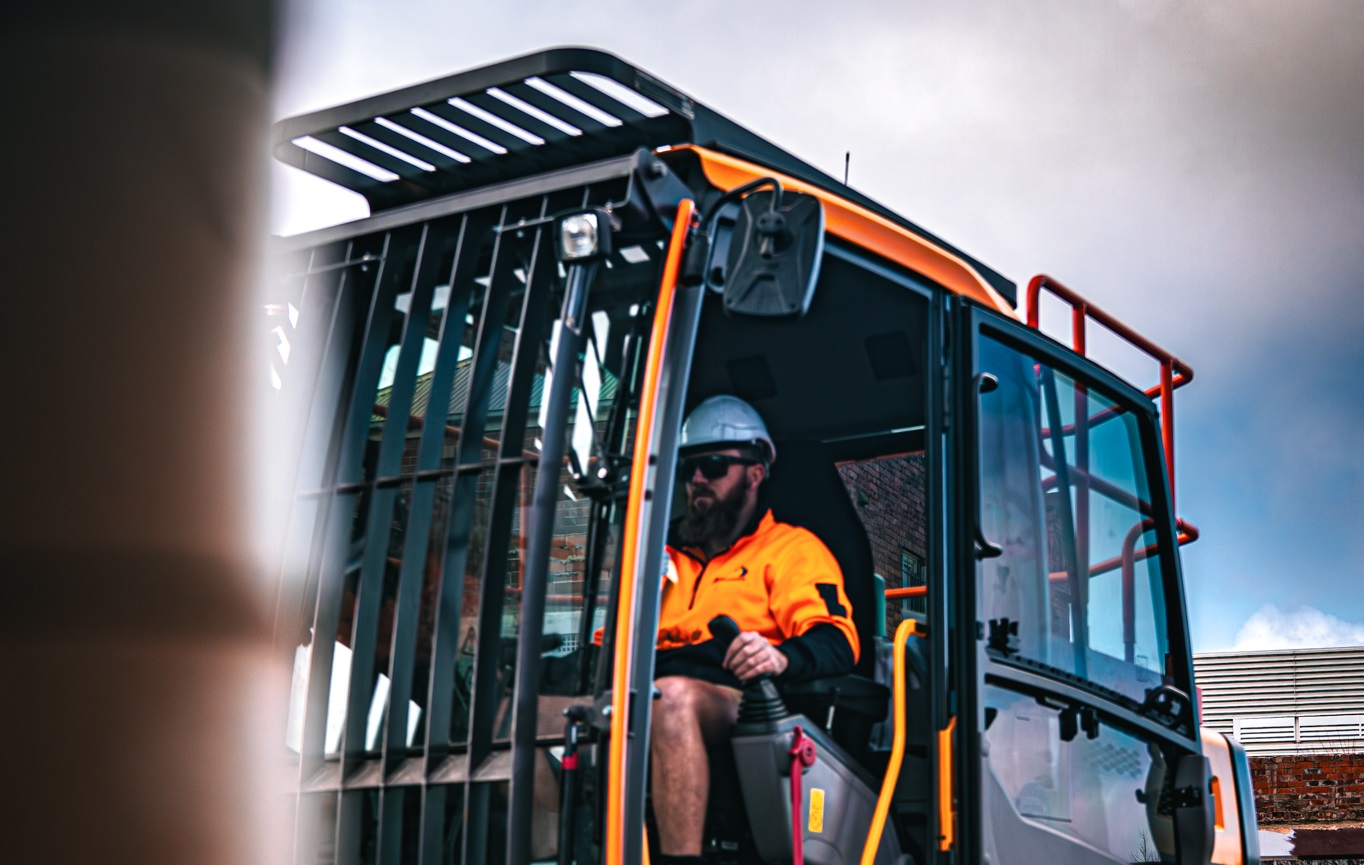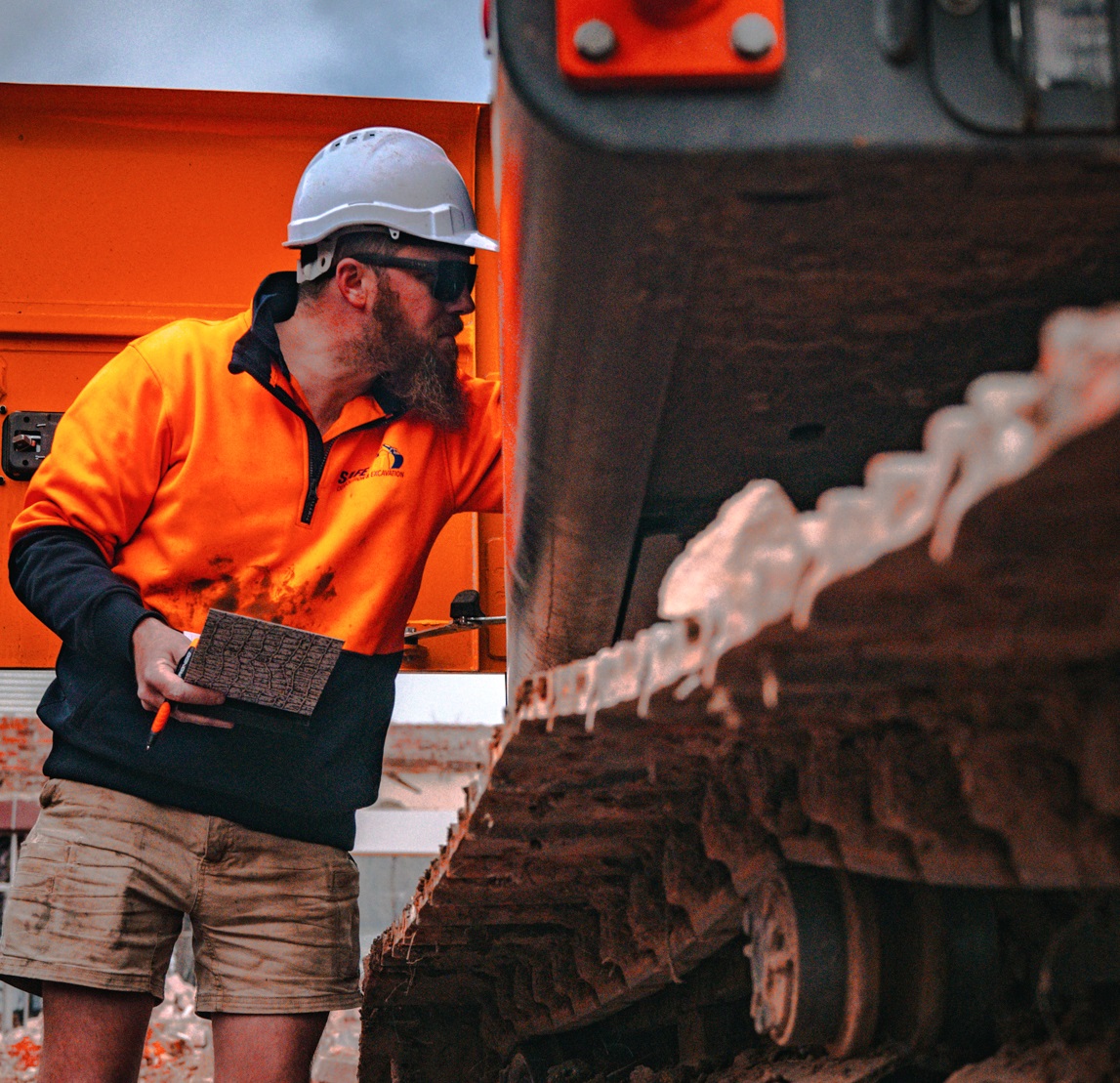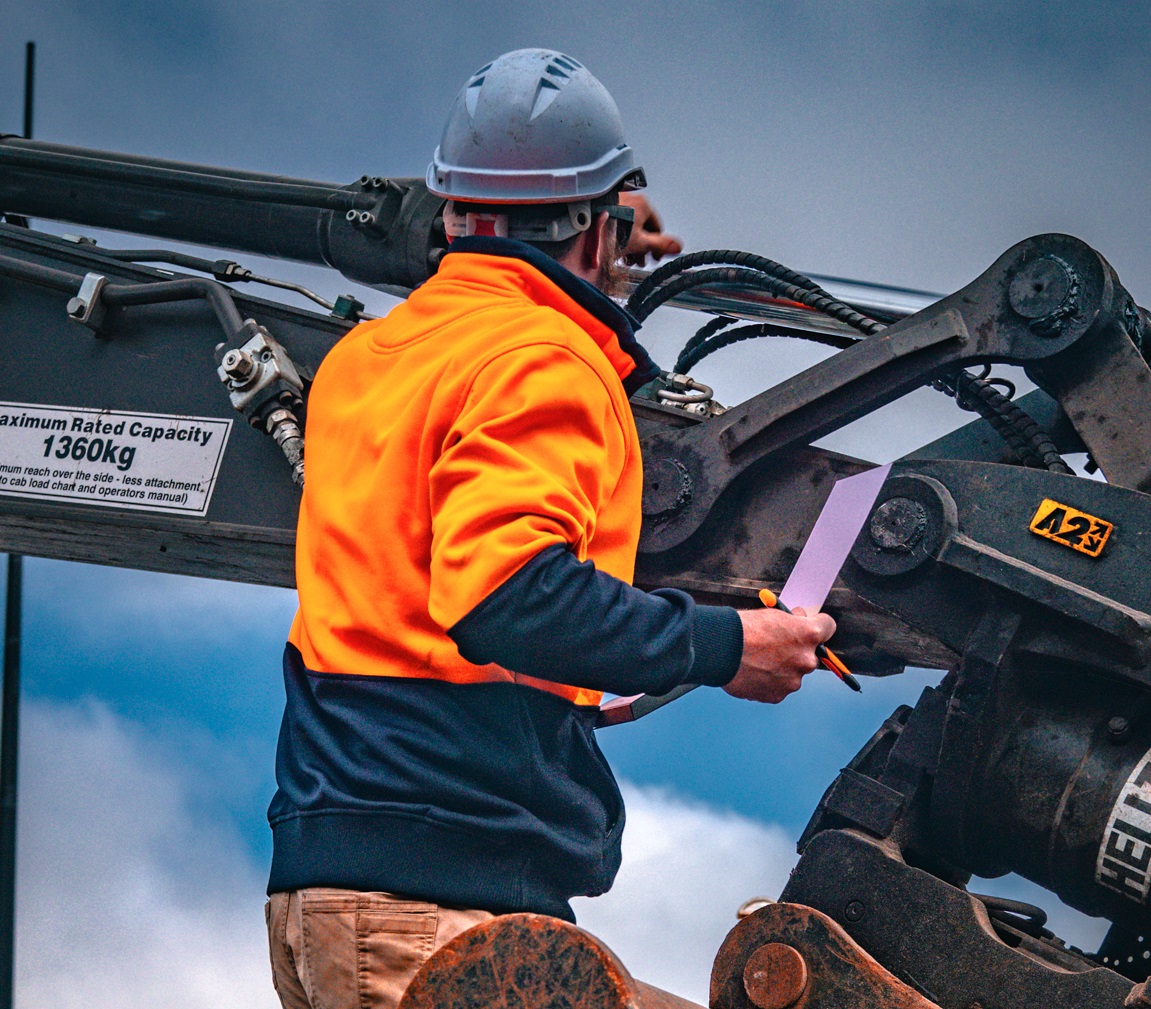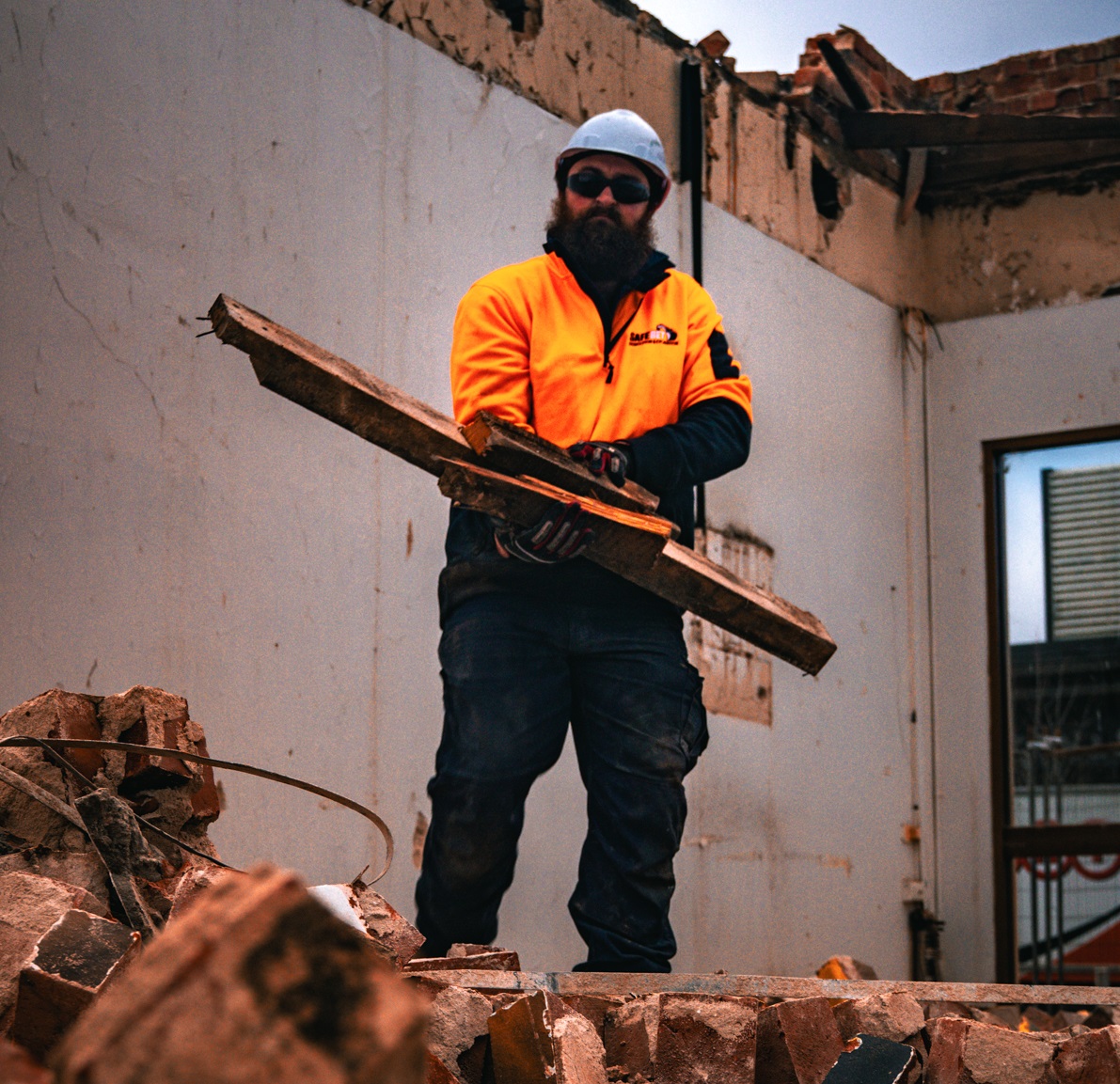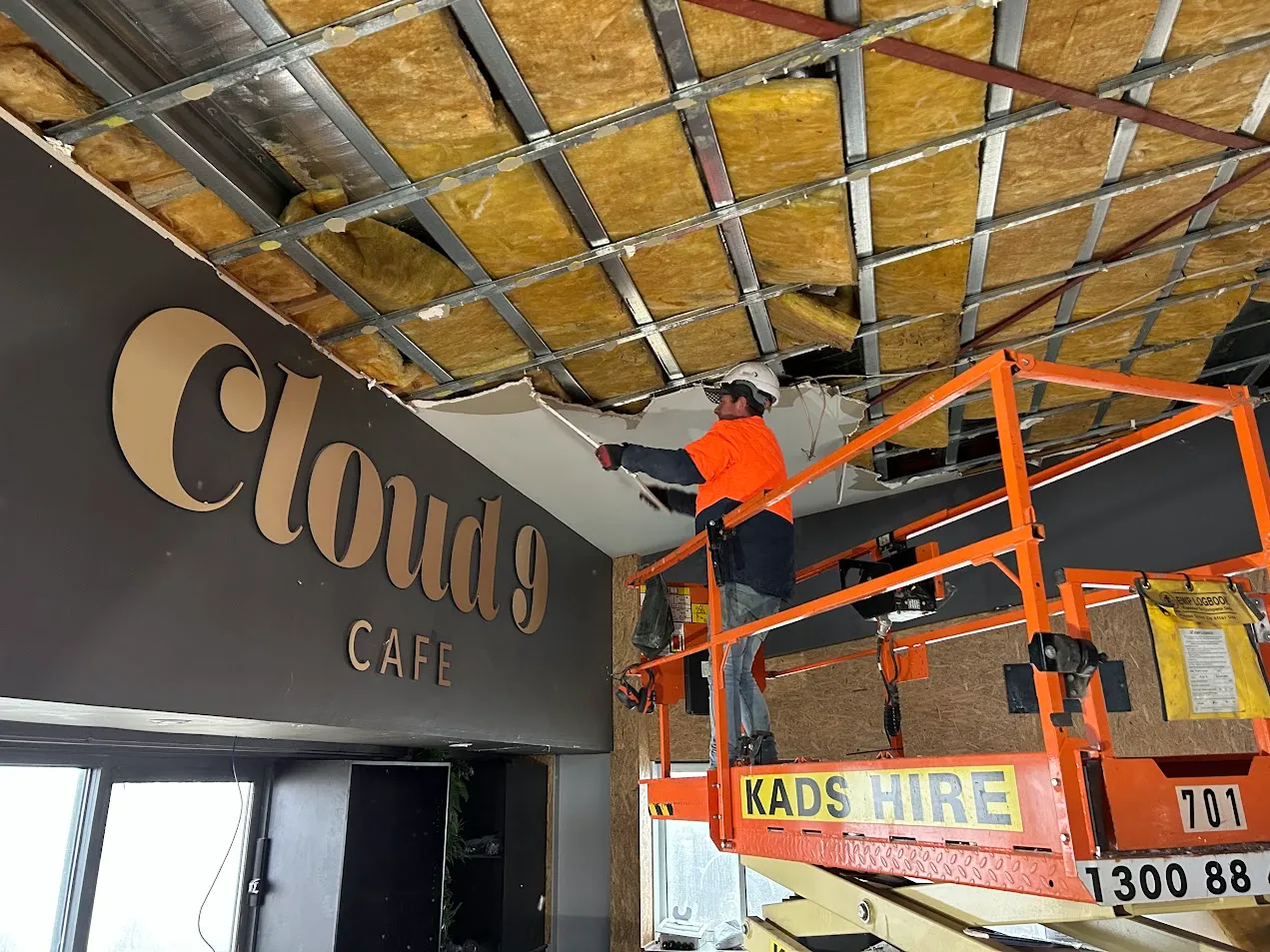At a glance
- Structural instability, hazardous materials, and utility disconnection pose significant risks during commercial demolition in Victoria, requiring thorough assessment and strict protocols for mitigation.
- The article provides a detailed checklist covering site assessment, demolition planning, crew training, hazard management, and regulatory compliance to ensure a safe demolition process.
- Partnering with experienced demolition companies in VIC and NSW offers expertise, compliance assurance, reduced risk and liability, improved efficiency, and peace of mind, ensuring a successful and safe demolition project.
Commercial demolition, while necessary for progress and development, harbours inherent dangers. Crumbling structures, hidden hazards, and heavy machinery create a complex safety landscape.
Understanding and managing these risks ensures a smooth, injury-free project. This article delves into the most common demolition safety hazards and provides practical mitigation strategies, particularly on commercial demolition in VIC and NSW.
The Most Common Safety Hazards
Structural Instability
Imagine a towering structure, weathered and worn, its internal integrity a mystery. Such structures are the embodiment of the first major hazard – structural instability.
Precarious walls, weakened foundations, and hidden damage can lead to sudden collapses, posing devastating threats to life and limb. To combat this, a rigorous site assessment is paramount.
Employ qualified engineers to meticulously evaluate the structure, identify weak points, and recommend stabilisation measures like shoring, bracing, and controlled demolition techniques.
Remember, a thorough assessment can save lives and prevent costly project delays and potential legal repercussions.
Hazardous Materials
Asbestos, lead, and other hazardous materials often lurk within the walls of older structures, waiting to unleash their dangers upon unsuspecting demolition crews.
These materials can cause debilitating illnesses and pose significant environmental risks if disturbed without proper protocols. Therefore, proper identification is crucial.
Engage certified professionals to conduct surveys and analyses, pinpointing the presence and types of hazardous materials. Once identified, containment and removal become paramount.
Implement strict protocols, including designated work zones, negative pressure enclosures, and specialised personal protective equipment (PPE) for trained personnel only.
Proper disposal of these materials through licensed channels is equally important to ensure environmental responsibility.
Utility Disconnection
Imagine accidentally severing a live electrical line during demolition. The consequences are unthinkable.
This underscores the significance of utility disconnection. Before demolition commences, contacting utility providers and obtaining detailed maps of buried infrastructure is non-negotiable.
Mark the identified utilities on the demolition plan and establish exclusion zones around them.
Coordinate disconnection procedures with the providers and ensure all lines are safely deactivated before work begins. Remember, underestimating the dangers of hidden utilities can lead to catastrophic consequences.
Fall Hazards
Demolition often involves precarious situations – working at heights, navigating uneven terrain, and dealing with unstable structures.
These elements weave a complex web of fall hazards. Implementing robust fall protection systems is the lifeline in such scenarios. Utilise guardrails, safety nets, and harnesses that comply with relevant regulations.
Ensure workers are thoroughly trained in their safe use and conduct regular inspections to maintain their integrity.
Additionally, proper housekeeping, eliminating trip hazards like debris and uneven surfaces, is crucial in preventing falls. Remember, even a seemingly minor fall can have life-altering consequences.
Equipment Mishaps
The process of demolishing a structure involves the use of heavy machinery and power tools, which creates a lot of noise. If not handled with care, these tools can lead to equipment mishaps.
The first line of defence is to ensure that every operator has the necessary skills and certifications to handle specific equipment safely.
Regular maintenance of the equipment is equally important to prevent equipment malfunctions.
To prevent bystanders from getting injured, it’s crucial to designate exclusion zones around operating machinery and restrict unauthorised access.
Remember to prioritise safety measures and respect the power of the equipment, ensuring both efficiency and worker well-being.
Dust and Fumes
The demolition process generates clouds of dust and fumes, often laden with harmful particles. These can irritate the lungs, trigger respiratory problems, and even lead to long-term health issues.
To mitigate these risks, employ wet suppression techniques like water sprays or misters to suppress dust generation.
Another vital step is equipping workers with proper respiratory protection like respirators or masks.
Additionally, ensuring good ventilation throughout the worksite helps dissipate dust and fumes, creating a healthier work environment. Remember, protecting workers from respiratory hazards is a moral and legal requirement.
Noise Pollution
The relentless roar of demolition equipment can cause irreparable damage to workers’ hearing.
Hearing protection becomes a crucial shield against this silent threat. Utilise earplugs or earmuffs that meet the required noise reduction rating (NRR) based on the decibel levels at the worksite.
Designate a quiet zone where workers can take breaks away from the deafening noise. Implement limited exposure times by rotating workers in and out of high-noise areas or utilising shorter shifts to minimise their exposure.
Remember, hearing loss is permanent, so prioritising noise protection measures ensures the long-term well-being of your workforce.
A Comprehensive Demolition Safety Checklist
Navigating the demolition landscape safely requires a meticulous plan and a proactive approach. Here’s an expanded Demolition Safety Checklist to guide you:
Conduct a Thorough Site Assessment
- Engage qualified engineers to meticulously assess the structure, identify weak points, and recommend stabilisation measures.
- Locate and map all existing utilities, including electrical lines, gas pipes, and water mains.
- Identify and assess the presence of any hazardous materials like asbestos, lead, and mould.
- Evaluate the surrounding environment for hazards like falling debris or unstable ground conditions.
Develop a Detailed Demolition Plan
- Outline the demolition sequence, including the order in which structures will be brought down and the methods used.
- Specify the types and quantities of equipment needed for each demolition stage.
- Allocate responsibility to each team member, ensuring clear communication and accountability.
- Develop emergency procedures for responding to potential incidents like fires, structural collapses, or equipment malfunctions.
Secure Permits and Approvals
Obtain all necessary permits from local authorities, including demolition permits, waste disposal permits, and any permits required for handling hazardous materials.
Ensure all permits comply with relevant regulations and safety standards in your region (VIC or NSW).
Train and Equip Your Crew
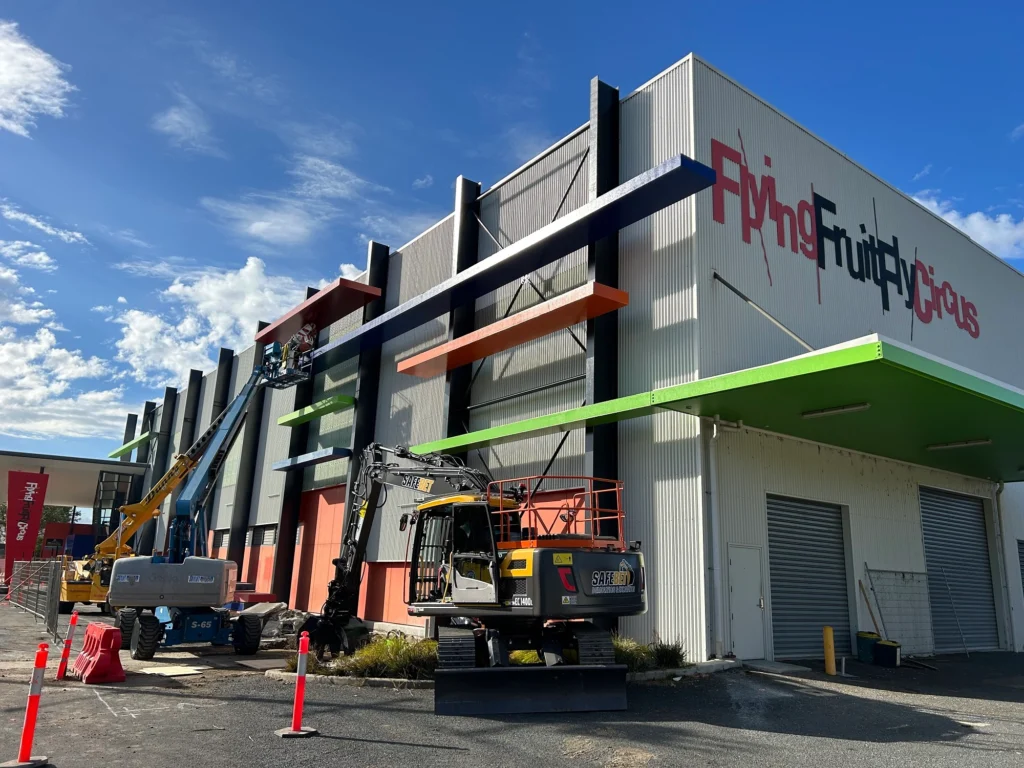
Provide all workers with comprehensive safety training covering topics like hazard identification, safe work practices, emergency procedures, and the proper use of PPE.
Ensure workers are trained and certified in operating any equipment they will be using during the demolition process.
Equip each worker with appropriate PPE, including hard hats, safety glasses, respirators, ear protection, and fall protection equipment, as required by the specific tasks they will be performing.
Establish a Safe Work Zone
- Demarcate the demolition area with barricades, fencing, and signage to restrict unauthorised access.
- Implement exclusion zones around operating machinery and areas with potential fall hazards.
- Provide adequate lighting and ventilation throughout the worksite.
- Maintain good housekeeping practices by regularly removing debris and trip hazards.
Remove Hazardous Materials
- Engage certified professionals to identify, contain, and remove any hazardous materials on the site.
- Ensure all removal and disposal activities comply with strict regulations and best practices.
- Maintain proper documentation of the types and quantities of hazardous materials removed and their disposal methods.
Implement a Debris Management Plan
- Develop a system for safely and efficiently removing and disposing of demolition debris.
- Segregate recyclable materials like metal and wood for proper recycling facilities.
- Dispose of non-recyclable materials and hazardous waste responsibly through licensed waste disposal companies.
- Maintain clear access routes for debris removal vehicles and avoid overloading them to prevent accidents.
Conduct Regular Safety Inspections
- Designate a competent authority to conduct regular safety inspections of the worksite, promptly identifying and addressing potential hazards.
- Encourage workers to report any safety concerns immediately to their supervisors.
- Hold regular safety meetings to discuss best practices, address any recurring issues, and reinforce safety awareness among all workers.
Benefits of Professional Help to Manage Demolition Safety Hazards
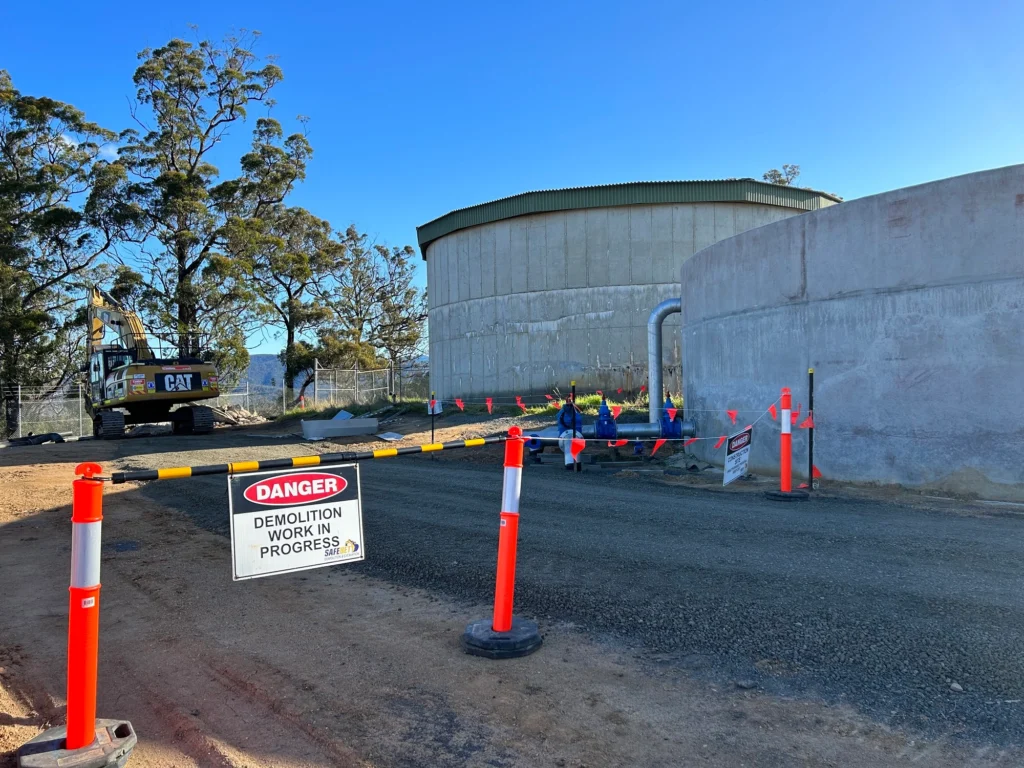
While the importance of a comprehensive safety plan cannot be overstated, managing demolition safety hazards can be complex and demanding, especially in large-scale commercial projects.
Partnering with experienced demolition companies in VIC and NSW offers numerous Benefits of Professional Demolition Services:
Expertise and Experience: Demolition professionals possess the in-depth knowledge, specialised equipment, and extensive training to handle complex projects safely and efficiently.
They are well-versed in relevant regulations and best practices, ensuring compliance and minimising risks.
Compliance Assurance: By entrusting the demolition process to professionals, you can be confident that all relevant regulations and safety standards are met, to avoid any legal and financial risks that may happen due to non-compliance.
Reduced Risk and Liability: Transferring the responsibility for demolition safety to experienced professionals significantly reduces the risk of accidents and associated liabilities for your company.
This gives you peace of mind as you focus on what matters most-your business.
Improved Efficiency and Cost Savings: Demolition professionals have the resources and expertise needed to demolish so there’s minimum downtime and potential cost overruns associated with delays or safety incidents.
They can also advise on cost-effective demolition methods and debris management strategies.
Peace of Mind and Reputation Protection: Knowing that your demolition project is in the hands of qualified professionals allows you to focus on your core business with the assurance that safety is being prioritised and your reputation remains untarnished.
Accidents and safety violations can lead to negative publicity, legal repercussions, and damage to your company’s image.
Partnering with reputable demolition companies helps mitigate these risks and ensures a smooth, safe project with minimal disruption to your business operations.
Demolition, while essential for progress and development, demands a safety-first approach.
You can ensure a smooth, injury-free project by understanding the common hazards, implementing a comprehensive safety plan outlined in the checklist, and potentially partnering with experienced demolition professionals.
Remember, safety is not just a regulatory requirement; it’s an investment in the well-being of your workers, your project, and your reputation.
By prioritising safety and taking necessary precautions, you pave the way for a successful demolition project, confidently laying the foundation for the future.
